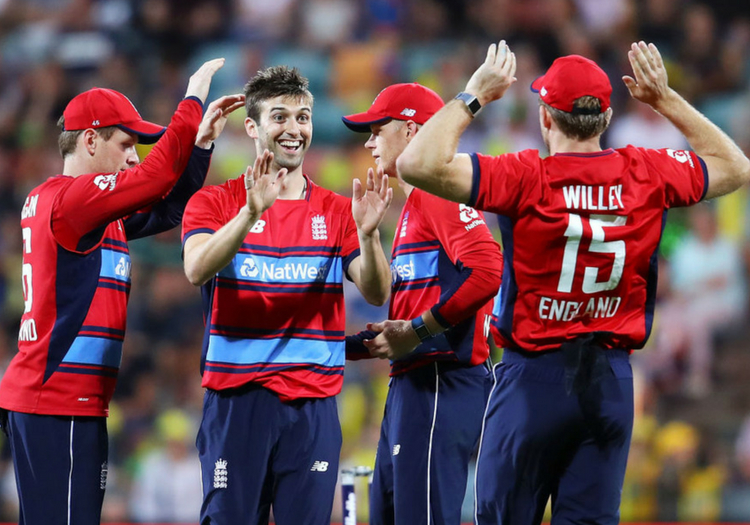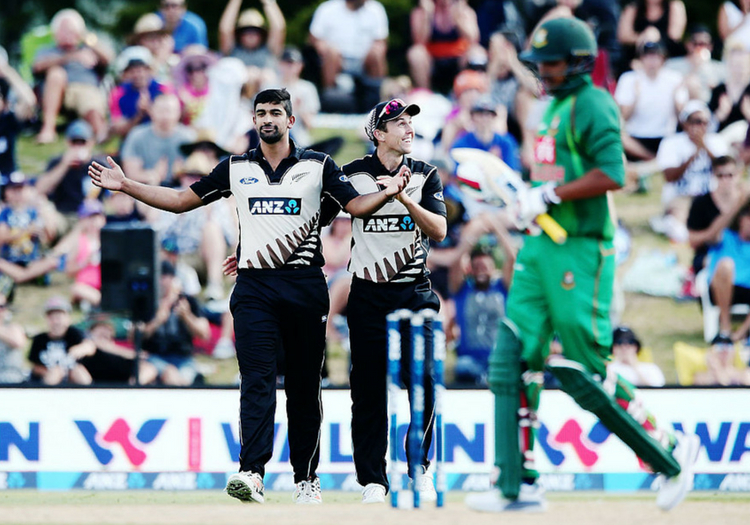JAKE SHARPE: Reorganisation of the international game’s two longest formats should be followed up by a similar procedure in its shortest

T20 international cricket is losing relevance in its bilateral form
The amount of cricket played both domestically and internationally has brought into question the relevance of international T20 cricket.
Former South Africa skipper, Graeme Smith, and current England head coach Trevor Bayliss have both said that the format should be scrapped internationally and rather kept to the domestic scene (except for the World Twenty20).
There is a place for T20 internationals, just not in the form of bilateral series.
Reorganisation of the international game’s two longest formats should be followed up by a similar procedure in its shortest.
The upcoming World Test Championship and ODI League will reinforce the relevance of the two longer forms, hopefully boosting fan interest in the sport at the same time.

Recent tri-series have shown that three or four-team competitions are better for the shortest form
At present, T20Is are seen as a gimmick and a way for cricket boards to make a bit of quick cash.
The games are often played in one or two-game match series, involving some players not otherwise featuring on the international stage. The format has the potential to be a top-class event; giving fans the highest concentration of talent and excitement. Triangular series can help to facilitate this.
The recent T20 encounters between Australia, England and New Zealand were showcase events and should give administrators all the evidence they need to invest further in similar mini tournaments. Tri-series were popular in the ’80s and ‘90s, with Australia playing a part most summers.
The last 10 years or so has seen the format's decline with the advent of domestic leagues, the busy international schedule and the realisation that the neutral matches do not always draw the biggest crowds. For T20 however it provides a perfect opportunity to give the format relevance, along with many other benefits.
Critics of the idea would suggest that it would add to an ever-increasing workload for international cricketers. The 2018 Trans-Tasman series involved just seven games including a final. This would usually be the length of two separate T20 series with an extra match, and logistically would make more sense. The series would be played around the time one team finishes a tour and another one begins.
Tri-series allow teams to prepare more effectively for the World T20. The high concentration of games means that selection can be more consistent, as appose to the chop-and-change nature the format usually endures. Thus, allowing coaches and selectors to know their best possible combinations going into a World T20.

Tri or quadrangular series teach teams the skills they need for World T20s
They also expose players to the high-pressure situations they would experience at a World Cup, with the importance of net run rates and table positions.
If all T20 internationals were played in this style it could help structure the rankings system, which currently is a rather meaningless log.
A points system could be introduced with winners receiving six points, runners-up three and bottom place one, for example. And like the ODI Championship, it would determine the teams which featured in the World T20.
In recent times, T20 internationals have allowed teams to blood young talent and give them a taste of international cricket they otherwise wouldn’t have had in the longer formats. This could be further enhanced by triangular, or even quadrangular competitions with the addition of A sides.
This was seen in the 1995 quadrangular series where an Australia A side featuring the likes of Ricky Ponting and Matthew Hayden beat England and Zimbabwe to make it into the final. Rich boards with large talent pools such as the ECB and BCCI could easily field A sides that could compete at this level.
Playing T20Is cricket in triangular (or even quadrangular) series will not only add purpose to the format but give it a better structure. T20 cricket is the fastest-growing format of the game, and an important tool in the expansion of cricket globally.
As a result, its international format should be reorganised in order to attract a wider fanbase.